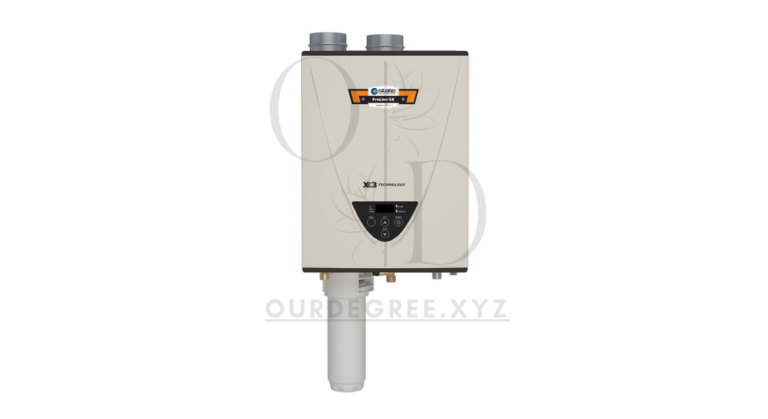
The Databricks Unified Data Analytics Platform is a top choice for those needing to work with big data. It combines data engineering, big data processing, and machine learning in one place. Thanks to cloud computing, it makes working together easier for data experts. This platform offers tools for data engineering, like data lakes and Delta Lakehouse architecture, which focus on quality and rules.
Companies looking to improve their data use find Databricks very helpful. It makes dealing with complex data easier. For example, Rolls-Royce used Databricks to make their AI work 30 times faster. This shows how Databricks can boost productivity and spark new ideas.
Key Takeaways
- Databricks simplifies the data engineering process with integrated tools.
- Faster time-to-model is achievable through reduced complexity in training and deployment.
- Organizations like Rolls-Royce are utilizing Databricks for substantial operational efficiencies.
- Governance frameworks like Unity Catalog ensure compliance and control over data assets.
- Over 50% of Fortune 500 companies trust Databricks for their data intelligence needs.
Introduction to Databricks Unified Data Analytics Platform
The Databricks platform is a game-changer for companies looking to improve their data handling. It brings together data preparation, processing, and analytics in one place. This makes it easier for data teams to work together and be more efficient.
Overview of the Platform
Databricks offers a single space for advanced analytics and machine learning. It has features like the Lakehouse architecture that make sharing data easier and improve teamwork. The platform is great for big companies with lots of data, as it boosts performance and supports many tasks.
Importance of Unified Data Analytics
Today, having unified data analytics is key. It helps companies overcome departmental barriers, promoting teamwork. This leads to better data sharing and innovation. Teams can make faster, smarter decisions with full data insights.
Transformative Power in Various Industries
Databricks is changing the game in many fields. For instance, Rolls-Royce used it to better their design and predictive maintenance. They cut runtime by about 30 with advanced machine learning. This shows how Databricks can drive better operations and innovation.
Big Data Processing with Databricks
Handling large amounts of data is key for today’s businesses. Databricks makes big data processing easier by speeding up how data is handled. This helps companies make better decisions quickly and work more efficiently.
Efficiency in Data Handling
Databricks offers tools that make data processing faster. For example, Rolls-Royce saw a huge cut in processing time, by 30 times. This is thanks to distributed computing in the spark ecosystem, which lets tasks run together.
This leads to quicker results and more accurate models. It’s great for industries that need fast and precise data analysis.
Utilizing the Spark Ecosystem
The spark ecosystem is crucial for what Databricks can do. It uses distributed computing to handle big data tasks. This helps with large datasets and makes it easier to visualize data for better insights.
The Lakehouse platform is a cost-effective way for companies to innovate without spending too much. It speeds up innovation while keeping costs down.
Big Data in Real-World Applications
Big data processing is used in many areas like healthcare, finance, and aerospace. Companies use Databricks to boost their analytical skills, moving from testing to real use smoothly. The Unity Catalog provides a strong framework for managing data, important for following rules in strict fields.
Using MLflow in Databricks makes AI projects more transparent and reproducible. This encourages innovation in different parts of a business.
Data Engineering Capabilities
The Databricks platform offers strong data engineering tools. These tools help organizations manage and change data well. With these tools, companies can make their work smoother and improve their analysis results.
Integrated Tools for Seamless Data Management
Databricks has a set of tools that make data engineering easier. Users can create and keep up data pipelines that work well with many data sources. This helps companies handle their data better and keeps information flowing smoothly.
Implementing ETL/ELT Processes
Setting up ETL processes in Databricks is easy. Engineers can clean, change, and load data into big data lakes efficiently. The platform supports both ETL and ELT processes. This lets teams quickly adapt to new business needs while keeping things running well.
Data Quality and Governance
Keeping data quality high and following data governance rules is key today. The Unity Catalog in Databricks helps with this by offering a way to manage data assets well. This is very important for industries that need to follow strict rules. It makes sure data is correct, safe, and easy to get to.
Machine Learning and Data Science with Databricks Unified Data Analytics Platform
The Databricks Unified Data Analytics Platform changes how we do machine learning and data science. It has lots of automation features. The Databricks Mosaic AI makes training and deploying models easy and fast. This is great for companies that need to quickly turn complex data into useful insights.
Automating Machine Learning with Databricks Mosaic AI
Databricks Mosaic AI makes machine learning simpler. Companies can use AutoML and managed MLflow to automate many steps in the machine learning process. This automation cuts down on the hard parts of training and deploying models. It lets teams spend more time improving their models and finding important insights.
Enhancing Model Accuracy and Time-to-Model
Getting models right is key in machine learning. Databricks and leaders in the field have made big strides, like training models that are very accurate. For example, Rolls-Royce has improved their model training thanks to this partnership. They’ve seen their model training speed up by up to 30 times, which means they get results much faster and with high quality.
Unity Catalog also makes handling data easier and more secure, which is important for many industries. MLflow helps make AI projects more transparent, so teams can check and redo their work easily. With these tools, the Databricks platform is a big help in making things more innovative and efficient in many areas.
Conclusion
The Databricks platform has changed the game for companies needing to use data engineering tools. It makes it easy to bring together different data sources and make workflows smoother. This helps companies go from collecting data to making smart decisions faster.
Take Rolls-Royce and Databricks, for example. They cut runtime by up to 30 times with distributed computing for hyper-parameter tuning. This made models more accurate and showed how Databricks makes moving from testing to production smooth.
With Databricks Mosaic AI, companies get tools that speed up machine learning. This cuts down on the trouble of training and deploying models. As companies deal with big data, Databricks’ all-in-one platform is key to staying ahead in their fields.



